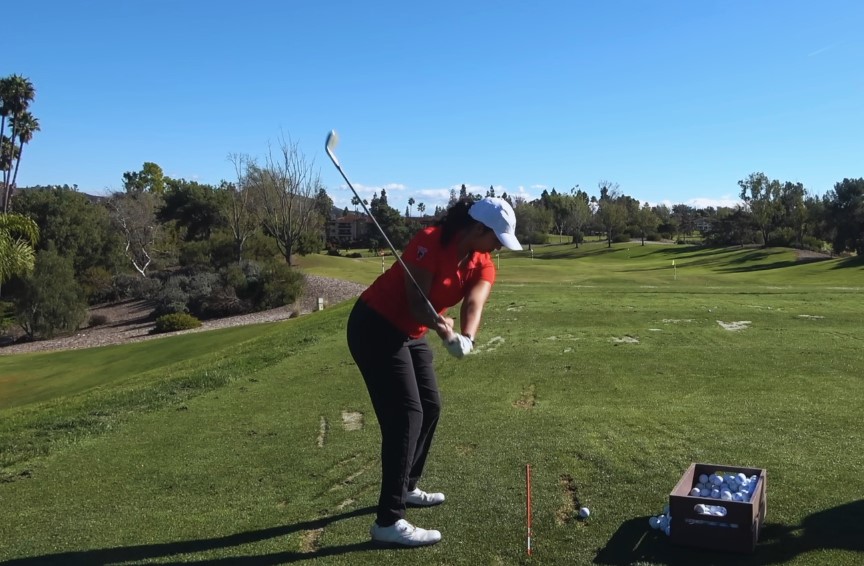If you’ve ever wondered how professional golfers generate so much power and distance with what seems like effortless swings, the secret often lies in how they create and maintain lag. Lag is that elusive moment in your downswing where the clubhead lags behind your hands, storing up energy that gets released at the perfect time to maximize impact.
While it might sound technical, understanding and applying lag in your swing can be a game-changer, regardless of your current skill level. In this guide, we’ll break down what lag is, why it matters, and, most importantly, how you can develop it in your own swing.
Drills to Create and Maintain Lag
Developing lag takes practice, but with the right drills, you can start to ingrain this powerful technique into your swing.
1. Pump Drill
The Pump Drill is designed to help you feel the lag and understand the correct sequence of the downswing.
- Take your normal stance and begin your backswing.
- As you start the downswing, pause halfway down, ensuring your wrists are still hinged, and the clubhead is lagging behind your hands.
- Repeat this motion a few times—back to the top, down to halfway—without hitting the ball.
- After a few repetitions, complete the swing, focusing on maintaining lag until just before impact.
2. Lag Shot Training Aid
The Lag Shot is a specially designed club that helps golfers feel the correct lag in their swing. The club is slightly heavier and has a flexible shaft, exaggerating the sensation of lag.
- Use the Lag Shot to hit some practice balls. The weight and flexibility of the club will force you to maintain lag to achieve a good strike.
- Focus on the feeling of the clubhead lagging behind your hands throughout the swing.
- Gradually transition back to your regular clubs, trying to replicate the sensation of lag you felt with the Lag Shot.
3. The Split-Grip Drill
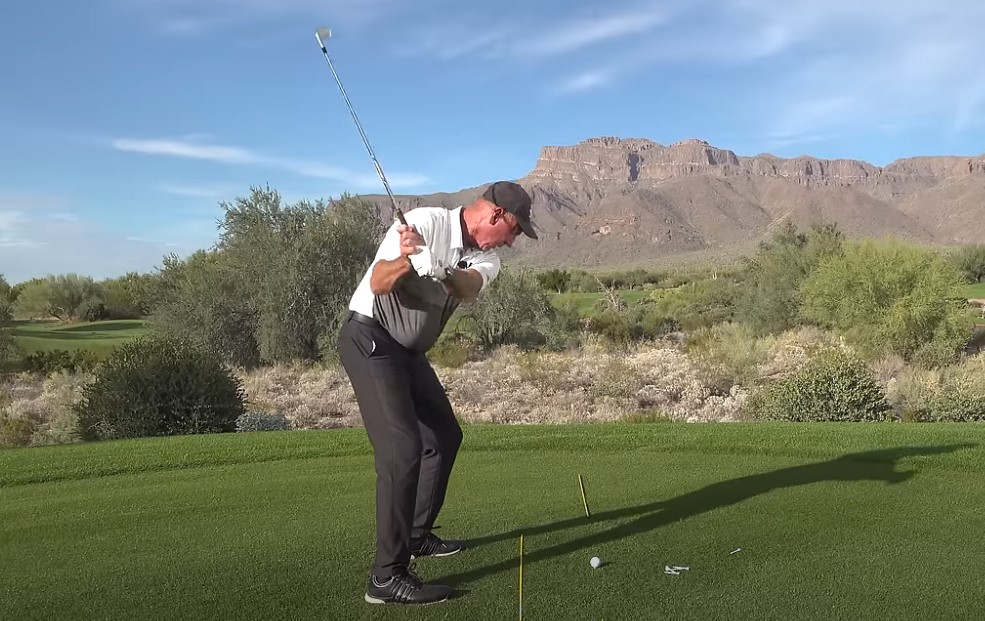
This drill is excellent for understanding the mechanics of the wrists and arms in creating lag.
- Take your normal grip but split your hands by placing your bottom hand about 4-5 inches down the shaft.
- Perform your backswing and begin the downswing slowly.
- As you swing down, notice how your top hand leads and your bottom hand trails. This split grip exaggerates the wrist hinge and helps you feel the lag.
- Practice this drill without hitting balls initially, then progress to hitting short shots while maintaining the split grip.
4. Towel Drill
The Towel Drill emphasizes the importance of sequencing and maintaining lag through impact.
- Place a towel under both armpits and take your normal stance.
- Swing the club, focusing on keeping the towel in place. This forces you to use your body correctly, maintaining lag and proper connection between your arms and torso.
- If the towel falls out, it indicates a breakdown in your sequence, often resulting from casting the club early or losing lag.
5. Impact Bag Drill
An impact bag is a great tool for practicing the release of lag at the correct moment.
- Set up an impact bag in your practice area.
- Take your normal swing, but instead of hitting a ball, strike the bag.
- Focus on maintaining lag until just before impact, releasing the stored energy into the bag.
- This drill helps reinforce the feeling of a powerful release while preventing early casting.
Common Mistakes and How to Avoid Them
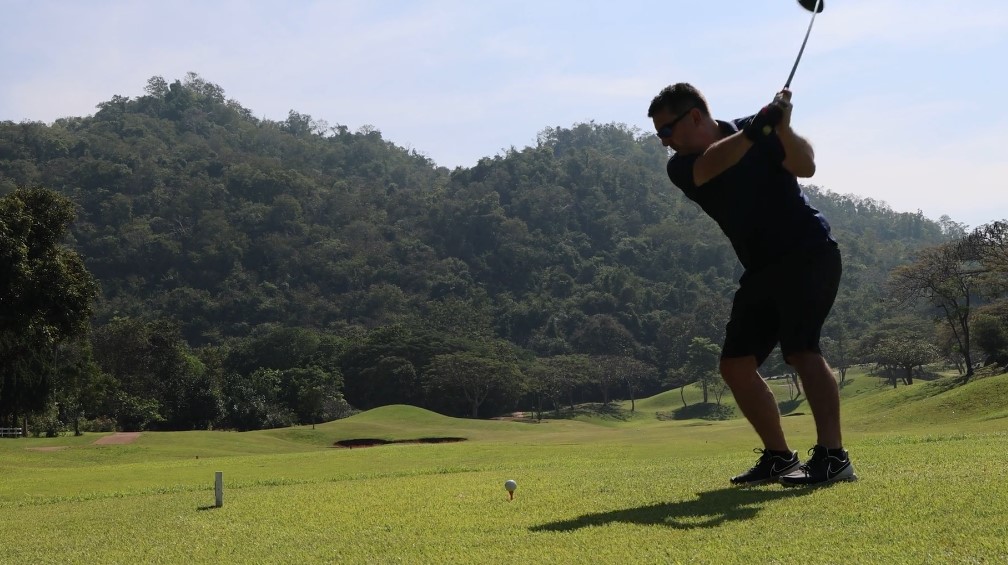
Even with the best intentions, many golfers struggle with creating and maintaining lag. Here are some common mistakes and how to avoid them:
Casting the Club
Casting occurs when you release the wrist hinge too early, often due to an overactive upper body or arms.
Over-Rotating the Shoulders
Over-rotating your shoulders can cause your upper body to lead the downswing, resulting in a loss of lag.
Poor Grip Pressure
Gripping the club too tightly can restrict your wrists’ ability to hinge and maintain lag.
Rushing the Transition
A rushed transition from backswing to downswing often leads to early casting and a loss of power.
The Mental Side of Lag
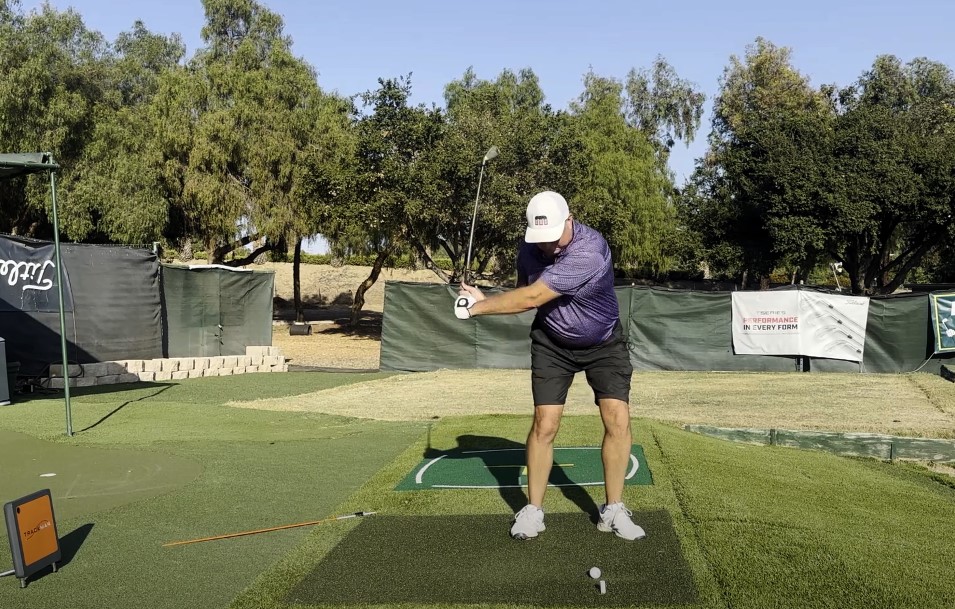
Creating lag isn’t just a physical skill; it’s also a mental challenge. Many golfers struggle with the concept of delaying the release because it feels counterintuitive. After all, when you want to hit the ball far, the natural tendency is to try and hit it as hard as possible, as early as possible.
Trusting the Process
Trusting that maintaining lag will result in more power is key. This means resisting the urge to “help” the ball into the air with your hands. Remember, the clubhead is designed to do the work—your job is to maintain the angle and let the natural forces of the swing do the rest.
Visualization
Visualization can be a powerful tool in developing lag. Before your swing, picture the clubhead lagging behind your hands as you approach the ball. Imagine the explosive release of energy at the moment of impact. This mental image can help reinforce the correct mechanics and timing.
Staying Relaxed
Tension is the enemy of lag. If you’re tense, particularly in your hands and arms, it’s almost impossible to maintain the proper wrist hinge. Focus on staying relaxed, especially during the transition from backswing to downswing.
Patience and Practice
Finally, understand that developing lag takes time and practice. It’s a skill that requires patience and persistence. Don’t get discouraged if it doesn’t click immediately. Keep working on the drills and trust that with time, your efforts will pay off.
How Lag Transforms Your Game

Once you start incorporating lag into your swing, you’ll likely notice several positive changes in your game:
Increased Distance
The most obvious benefit of creating more lag is increased distance. As you learn to store and release more energy, your shots will travel farther, giving you a significant advantage on longer holes.
Better Ball Flight
Lag helps promote a downward strike on the ball, which leads to a more penetrating ball flight. This not only increases distance but also improves accuracy, particularly in windy conditions.
Consistency
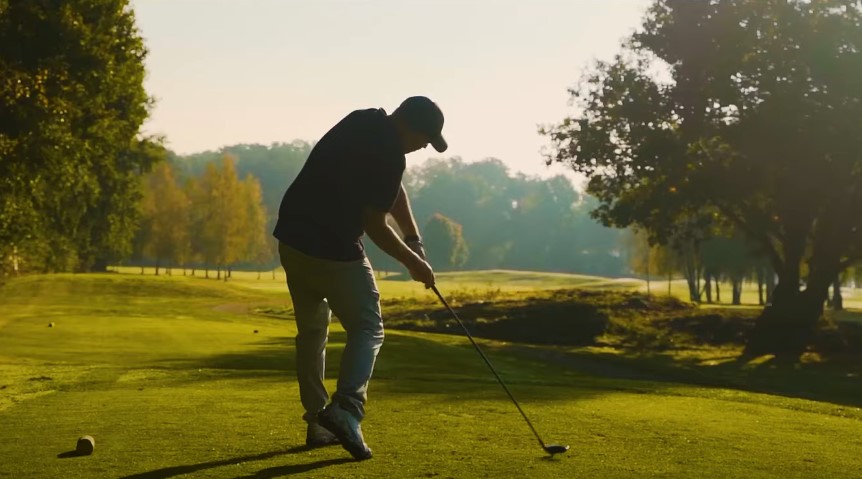
A swing with proper lag is more compact and repeatable, leading to more consistent ball striking. You’ll find that your good shots are great, and your bad shots aren’t as damaging.
Confidence
As you start to see the results of incorporating lag into your swing, your confidence will grow. Knowing that you have the power to reach greens in regulation and the control to hit fairways will make a significant difference in your overall game.
Confidence is an often-overlooked aspect of golf, but it’s a crucial component of success. When you trust your swing and know you can execute it consistently, you’ll approach each shot with a positive mindset, which is half the battle won in golf.
Lower Scores
Ultimately, the goal of any improvement in your golf game is to lower your scores. By increasing your distance, improving your ball flight, and gaining more consistency, you’re setting yourself up for more opportunities to hit greens in regulation, make birdies, and avoid costly mistakes.
All of these factors contribute to lowering your handicap and enjoying the game even more.
In Summary
The key to creating more lag in your swing is not about brute force but about timing, sequencing, and proper technique. With the drills and tips outlined in this guide, you’ll be well on your way to harnessing the power of lag and transforming your game.

